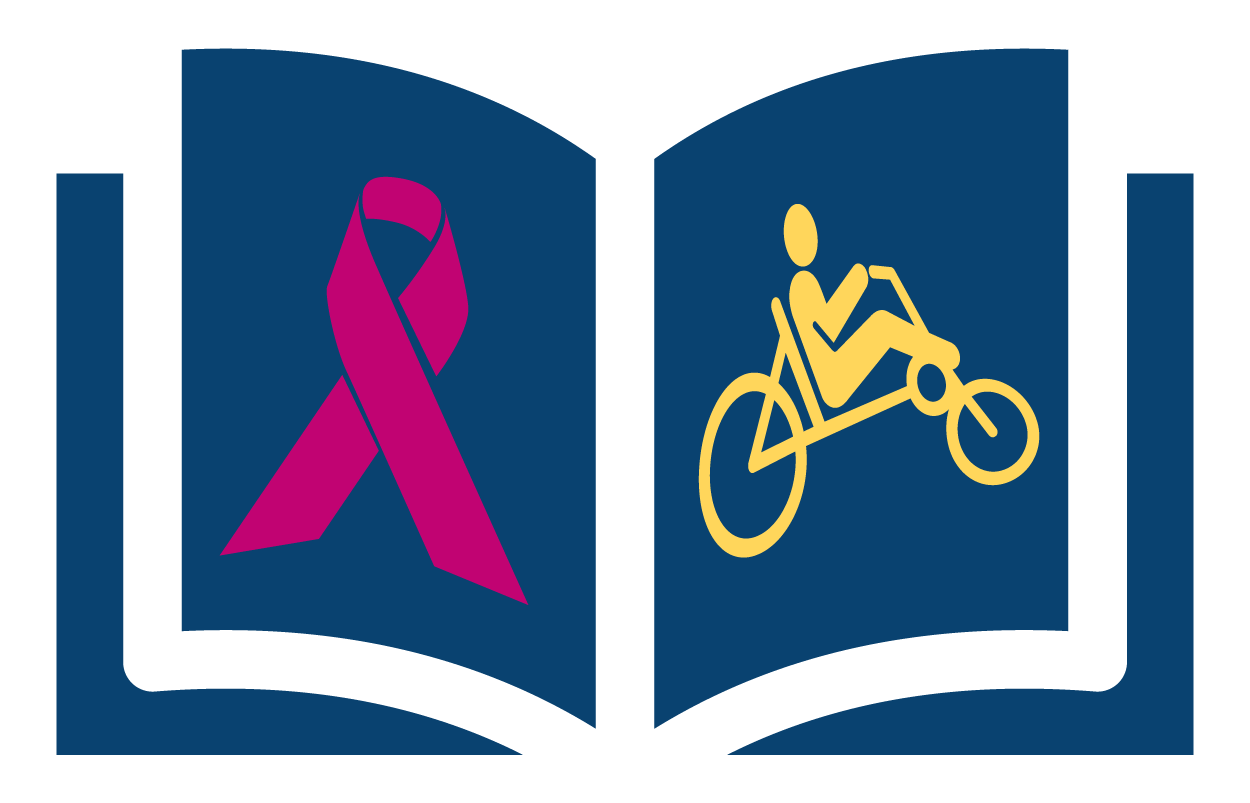I have just finished reading the book, “The Islamist” by Ed Husain, which I picked up from an English bookstore in Athens. I was a little bit concerned about bringing the book into Turkey, but I should not have been.
The author’s definition of an Islamist is someone who believes in the “Islamic nation”. That is, there being only one nation, that of Islam.
The book contains a lot of information about the Islamists in Britain, which I found rather startling. I was surprised that the book gave the names of people involved. At the time of writing, the British government had not declared any of the Islamist organizations as terrorist organizations, but according to the author that is exactly what they are.
The book progresses through the authors struggle to leave Islamism behind and find an Islam that is real for him. His search takes him to Turkey, Syria, and Saudi Arabia. His reflections upon visiting these places are enlightening. It is especially interesting for me, as I read the book in Turkey and will be visiting Syria soon. One of the things it has highlighted for me, is that there are so many misconceptions out there. Until I experience it for myself, I will not really be able to appreciate it.
It also highlighted an observation that we have made in Çesme (the small town we are staying in while I recover from my cold). Çe?me is a tourist town, and at this point the only place we have seen in Turkey – so it is not fair to make generalizations. That being said, the books we have read talked about how it was inappropriate for members of the opposite sex to hold hands on the street, and that public displays of affection could get you arrested. That does not at all appear to be reality here in Çesme. We have seen many young couples holding hands while walking down the streets or along the ocean front. We have seen children of both genders playing video games together at the Internet café, and giving one another a cuff on the head – regardless of gender. So, the stereotype of segregation does not play out in this part of Turkey.
A note on the hijab – In Çesme it is worn mostly by older women and new mothers (there are of course exceptions). The interesting thing is that the older women look very similar to the older women in Italy and Greece who also where head scarves. The book mentions how the tradition is an old Christian tradition, that was adopted by Islam. The book also mentioned that when younger women start wearing the Hijab, especially in the west, it is a sign of the more extreme factions at play. In Turkey, Ataturk (the hero of independence in Turkey) around 1922 made it illegal to display outward signs of religion, including the wearing of Turbans and Hijab in public.
Today the hijab is legal, but still a symbol of the divide between the extremes of secular and Muslims thought in Turkey. Two examples: Prime Minister Erdogan’s daughters attend university in the United States because all universities in Turkey have banned wearing the hijab; in 2007, the Turkish president at the time, Ahmet Necdet Sezer declined to attend the wedding of Esra Erdogan because of the number of headscarves being worn.

Leave a Reply